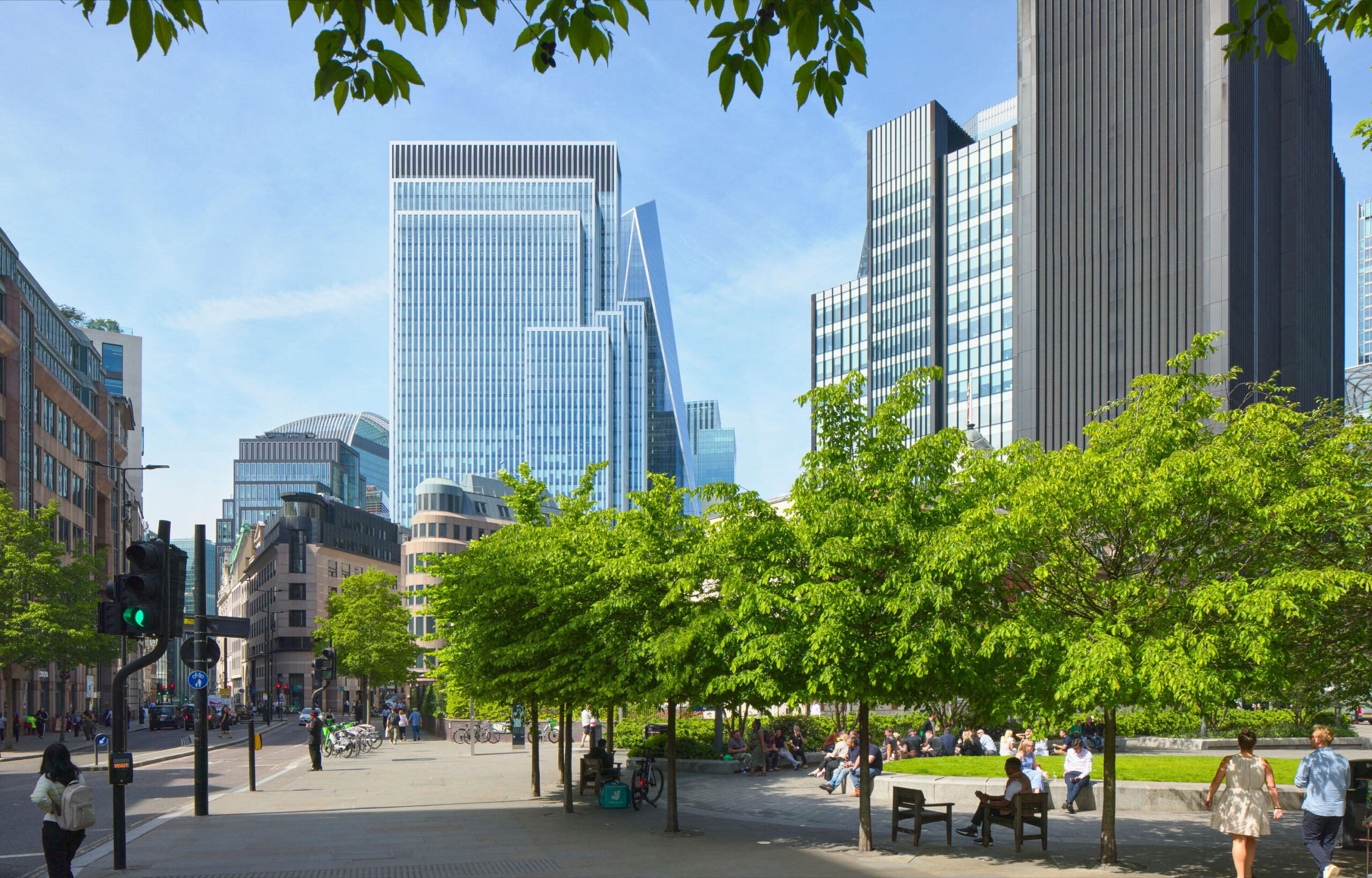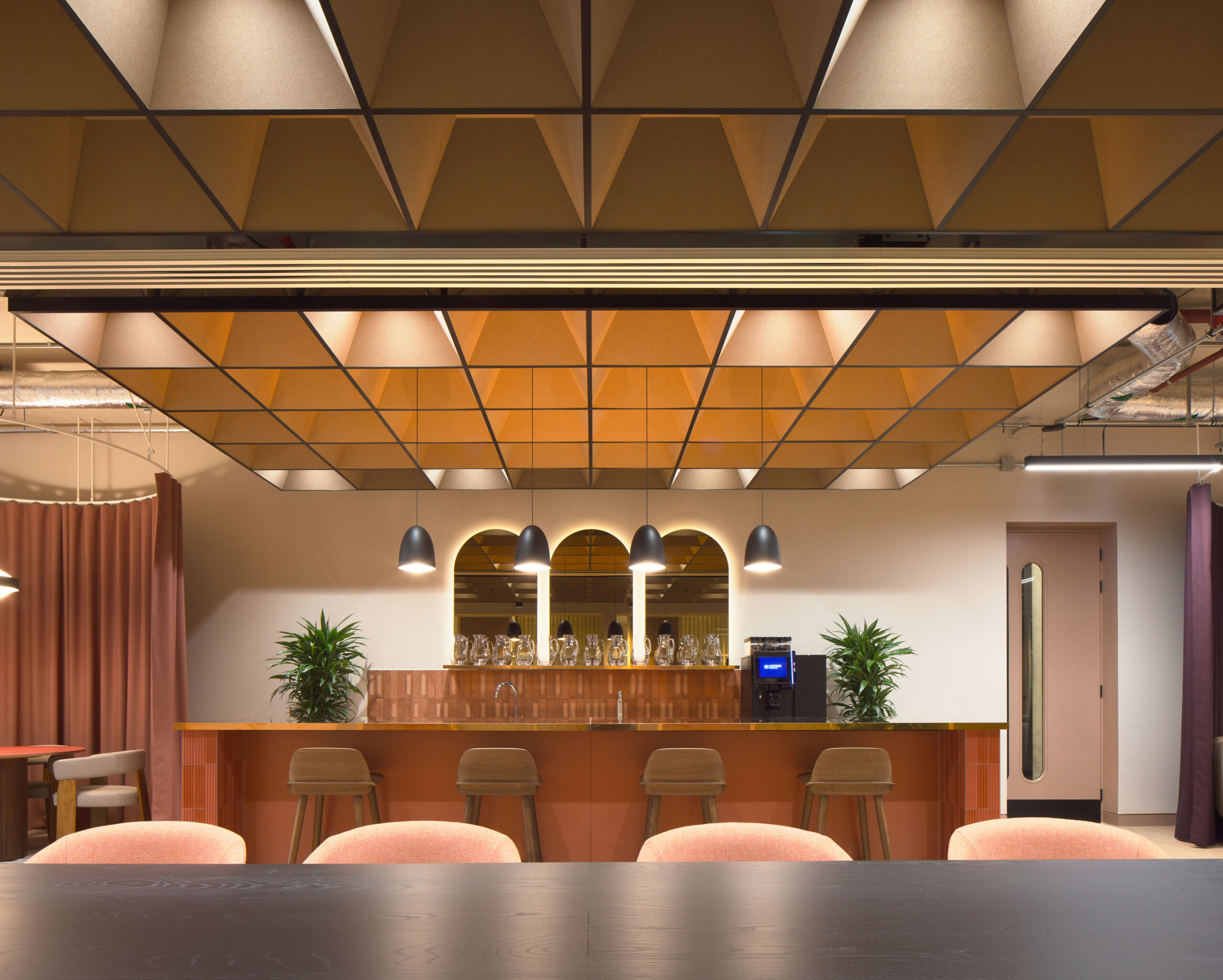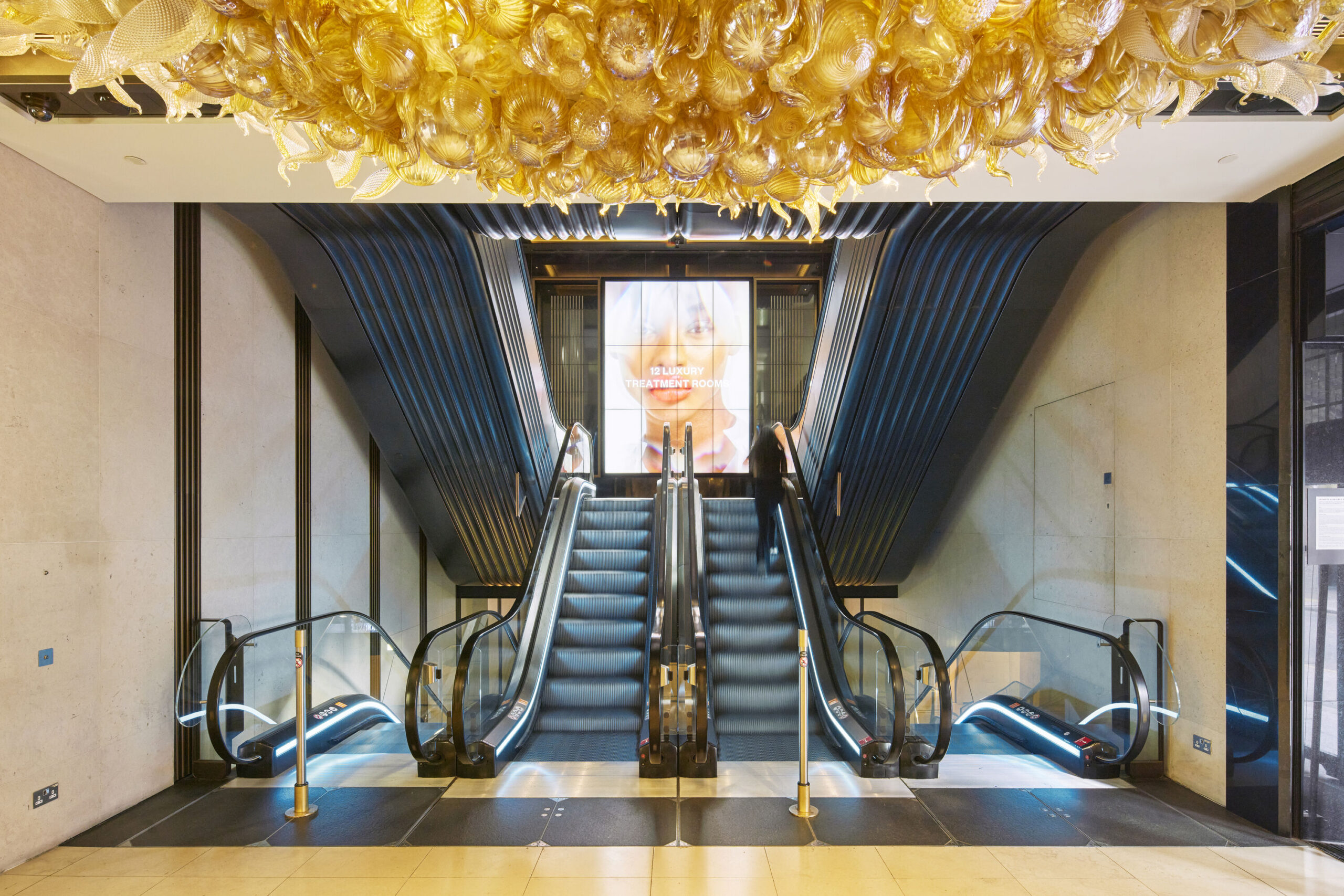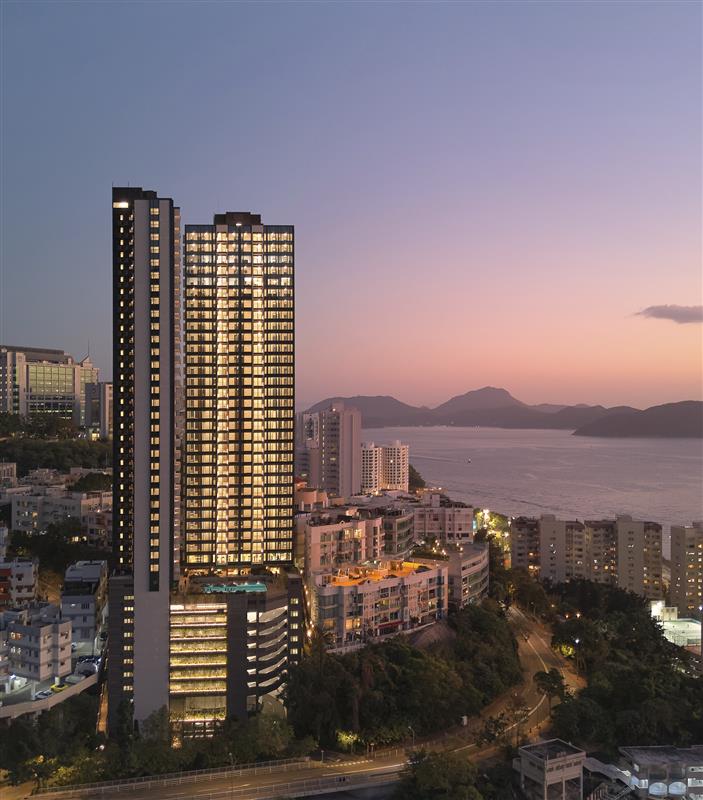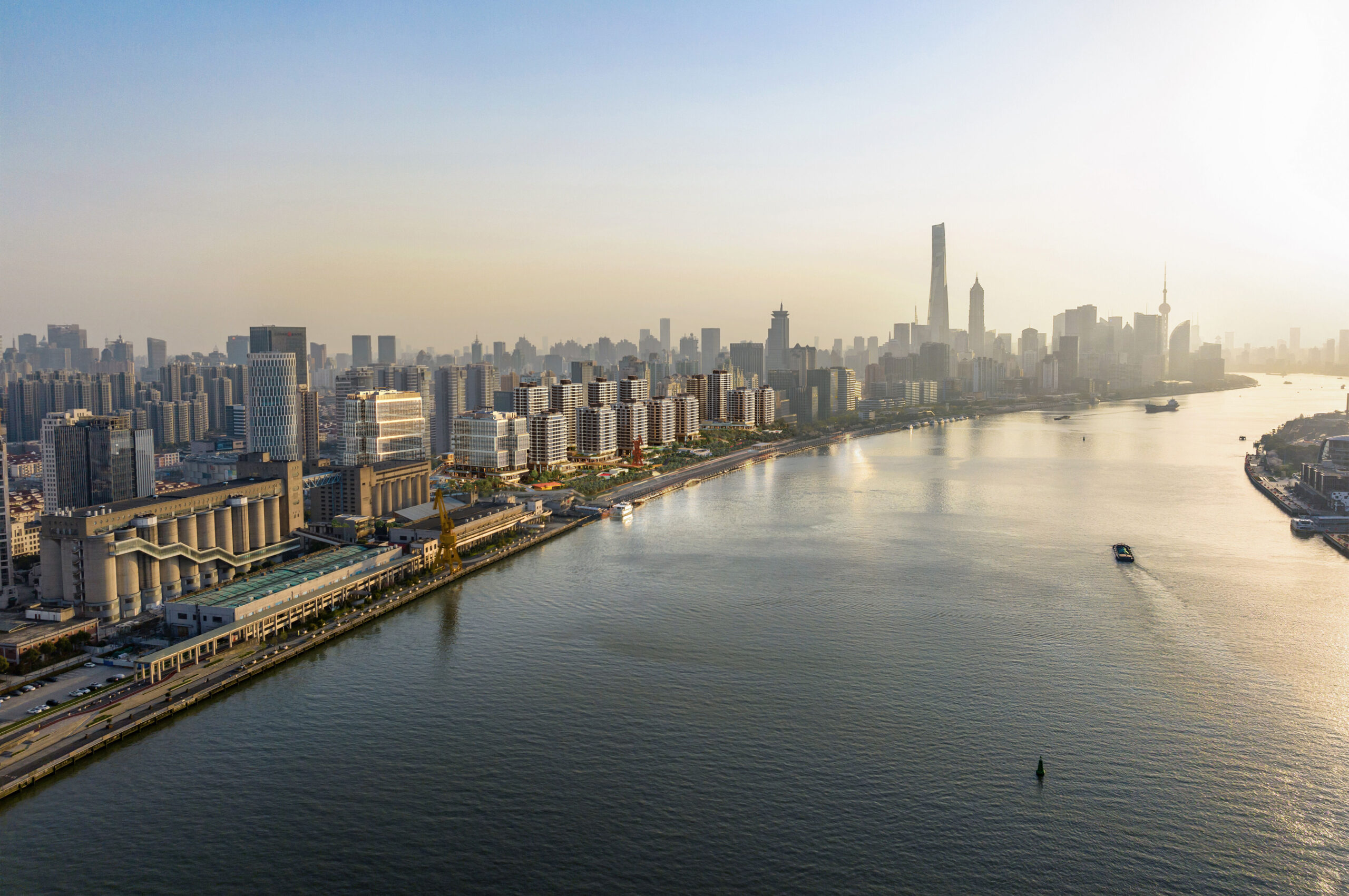
It’s clear that the ideals and trends of the millennial demographic – blurring the lines between work and home, finding community in new places, protecting our future – are infiltrating the way we design our office spaces, even for the most corporate of firms. The focus is now on flexibility and adaptability, on sustainability, on using technology to enable new methods of working, on community and amenities in the workplace.
London leads the world in many areas of workplace design, but when it comes to ‘agile working’ – a phrase that came up multiple times over the BCO conference and has become a buzzword in UK development circles – Australia is streets ahead of the UK. They put it down to being more ‘direct communicators’ (you can say that again!), but they also employ far greater levels of intelligence monitoring across their buildings.
Back in the day, agile working was known as ‘hot desking’, but technology has evolved (and so too the moniker) to enable this to be far more effective, with building systems in place that can track who is working, understand what they need and allocate space accordingly. This reduces desk numbers, makes the space more efficient and provides flexibility for future growth. Our 5 Broadgate development for UBS is the largest such scheme in London – agile working was a key factor in allowing the company to consolidate its London offices into one. But Australia is stealing a march on this. It’s a trend we should watch. There is a wealth of young, creative talent in that region of the world, and we should be looking and learning.
This idea of observation brings me to my last point: that of Brexit. Yes, all eyes of the world are on us, virtually everyone I met with queried or mentioned Brexit. It seems people are sceptical as to whether withdrawing from the EU is such a good idea. In this ‘local global’ world we live in, everyone has a stake or an investment in the UK, and the uncertainty around Brexit negotiations is having a concerning ripple effect.

In years to come we’ll be looking to our young, creative talents to help us navigate our place in the world. Let’s hope we leave them with the infrastructure to do it – both physically and metaphorically.






